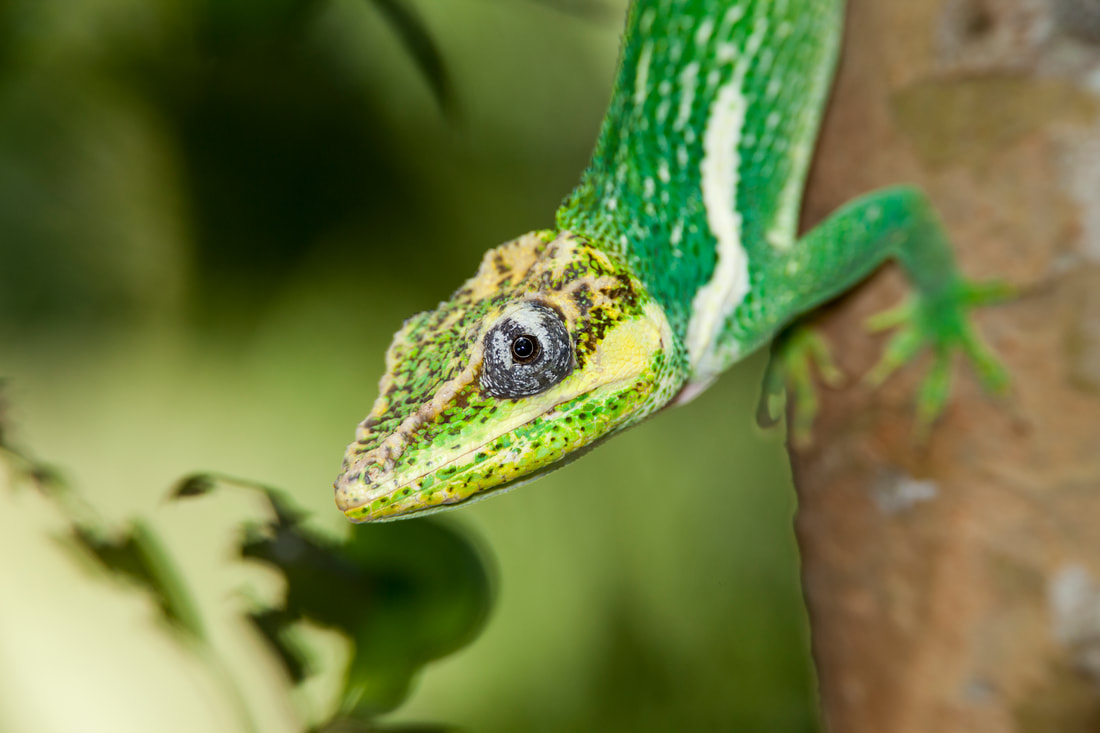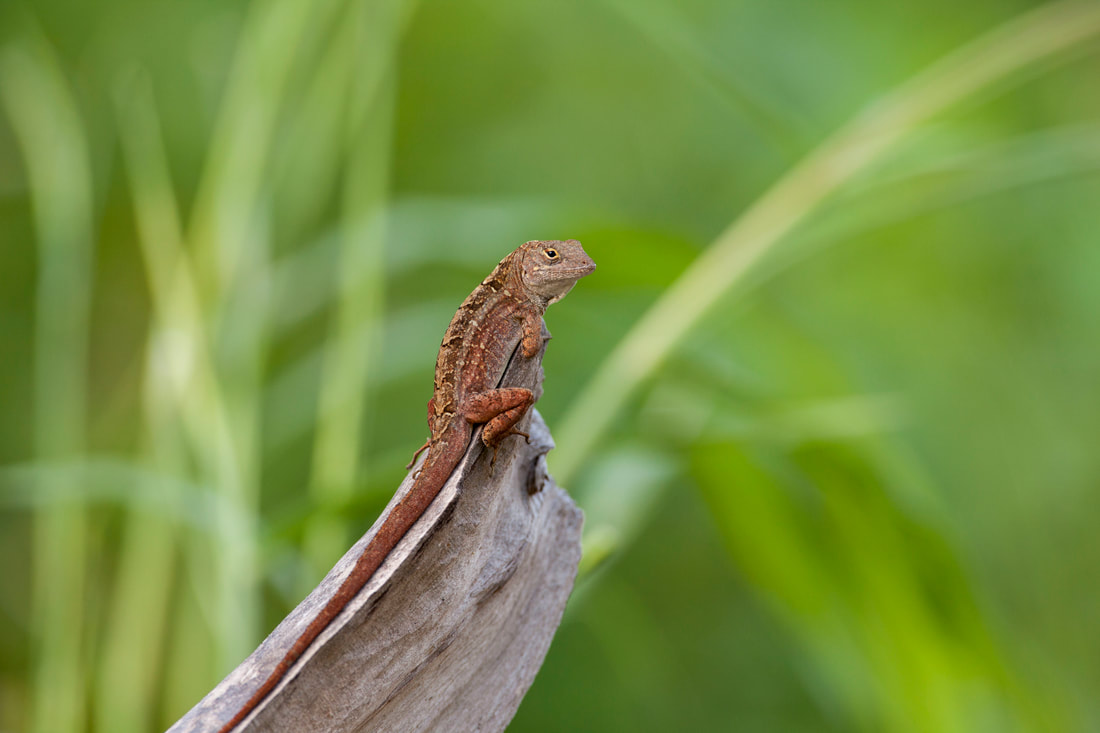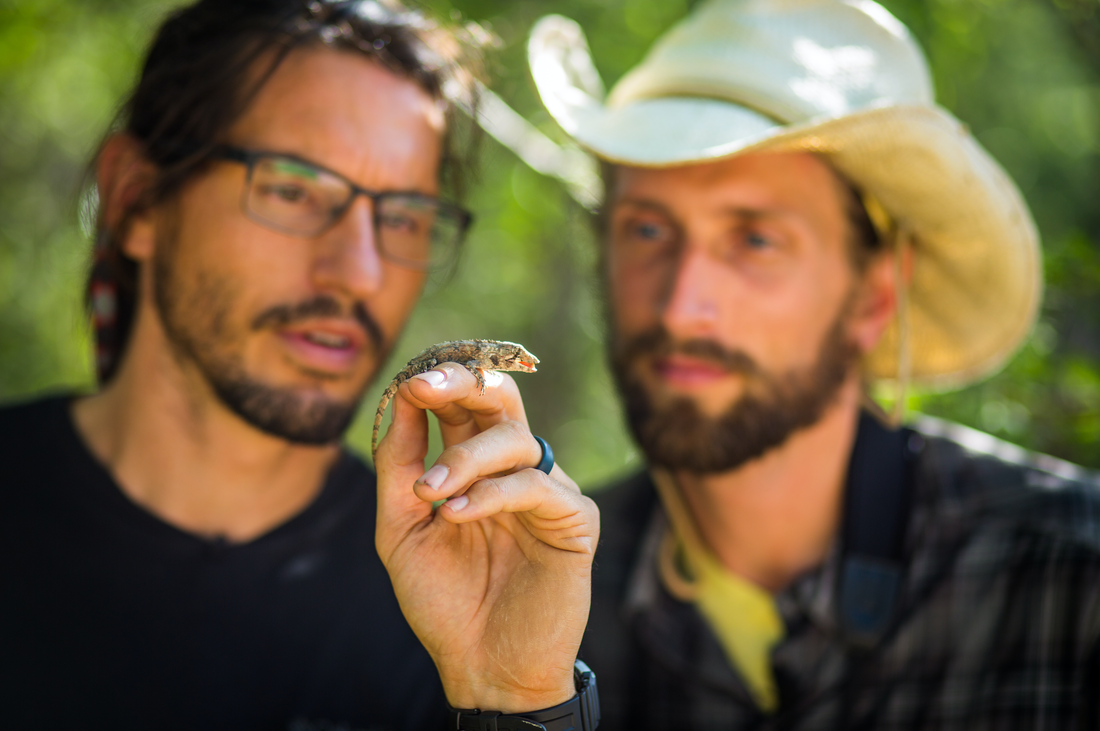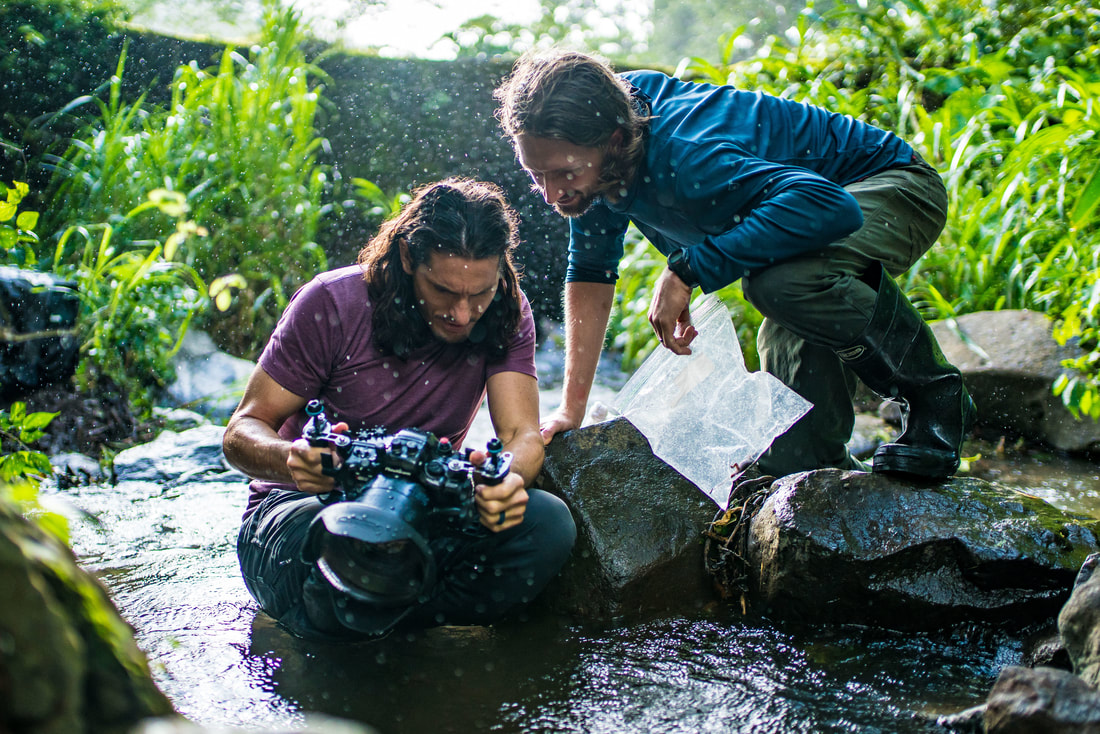|
Answers provided by Producer and Director Neil Losin.
What inspired this story?
NL: Directors Neil Losin and Nate Dappen both earned their PhDs studying lizards, so they knew that lizards called “anoles” have played, and continue to play, a pivotal role in our collective understanding of evolution and ecology. Yet to our knowledge, no one had ever made a documentary about them. Describe some of the challenges faced while making this film? NL: The challenge was making a story about very small lizards feel like a very big deal. We hope that our own excitement about the story and the enthusiasm of the featured scientists about their small-but-charismatic research subjects accomplishes that. How do you approach science storytelling? NL: We like to collaborate with scientists from the inception of a project, all the way through to the final delivery. In this case, our primary collaborator was the Godfather of anole research, Jonathan Losos. We worked together to get funding for the film, chose the scientists to feature, shaped the story, and – when we were in the field – tracked down a whole bunch of really cool lizards. What impact do you hope this film will have? NL: Anoles are lizards that many people can find in their own backyards. We hope that this film encourages people to take a closer look at the nature all around them… you never know when that lizard or insect perched on your garden hose is actually a creature that transformed our scientific understanding of life. Were there any surprising or meaningful moments/experiences you want to share? NL: With the help of an anole researcher named Luke Mahler and his all-star field crew, we were able to find a very rare anole in the Dominican Republic – a species that had only been described to science in 2016. We were the first camera crew to film it. Both of us (Nate and Neil) were unexpectedly moved by the experience of finding and filming this creature. What a privilege to capture and preserve a sight that few others have ever witnessed! (Of course, it’s easy to get emotional when you’re delirious from lack of sleep after spending two long nights searching in the dark for an exceedingly well camouflaged sleeping lizard.) What next? NL: I think the world won’t be ready for another anole film for at least a couple years… So we’re moving on to other stories. We’ve got plenty of projects in the pipeline, but one we’re excited about involves the evolution of color vision, and focuses on some of the coolest invertebrates around: jumping spiders!
0 Comments
Leave a Reply. |
AuthorAs the curators of the Science Media Awards Summit in the Hub (SMASH), we believe storytelling is a common thread in our shared human experience, and that new media allows us to convey the wonders of scientific discovery in new and compelling ways. Archives
October 2018
Categories |





 RSS Feed
RSS Feed